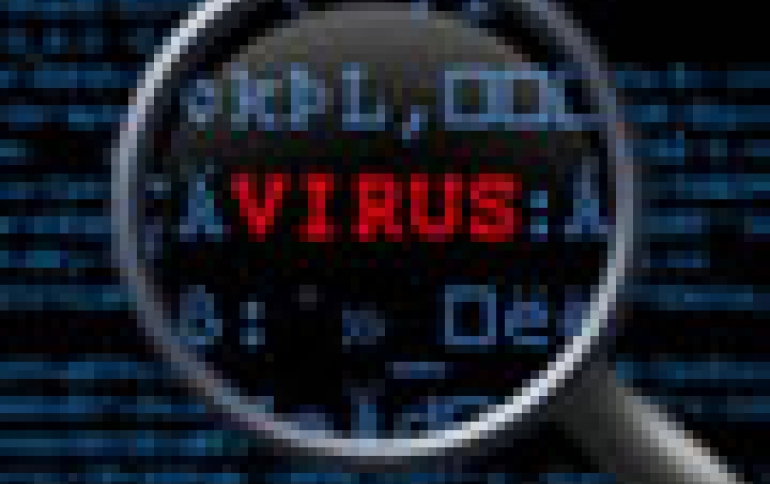
Massive Injection Attach Hits Websites
More than one million website pages have been hit by a hacking attack that injects code into sites, security firm Websense announced.
The "mass-injection" attack has managed to insert malicious code into websites by gaining access to the servers running the databases behind the Internet, according to Websense.
Websense has called it 'LizaMoon,' after the site to which the malicious code first directed its researchers.
The LizaMoon mass-injection is a SQL injection attack that inserts the following line into the code of the page:

Currently, a search on Google returns more than 1,500,000 results that have a link with the same URL structure as the initial attack. Google Search results aren't always great indicators of how prevalent or widespread an attack is as it counts each unique URL or page, not domain or site, but it does give some indication of the scope of the problem if you look at how the numbers go up or down over time.
Websense have been contacted by people who have seen the code in their Microsoft SQL databases. Initially the company received reports of users running Microsoft SQL Server 2000 and 2005 being hit but since then they have also received reports of websites using Microsoft SQL Server 2008 being injected as well.
Websense added that there's a vulnerability in Microsoft SQL Server 2003 and 2005. "Everything points to that this is a vulnerability in a web application. We don't know which one(s) yet but SQL Injection attacks work by issuing SQL commands in unsanitized input to the server. That doesn't mean it's a vulnerability in the SQL Server itself, it means that the web application isn't filtering input from the user correctly," the company said.
Users can see that they are being redirected when they attempt to visit an infected address, and can close the window with no ill effects. However, If users do not close the window after typing an infected address, or clicking an infected link, they are redirected to a page showing a warning from 'Windows Stability Center' -- posing as a Microsoft security product -- that there are problems with their computer and they are urged to pay for software to fix it.
Websense has called it 'LizaMoon,' after the site to which the malicious code first directed its researchers.
The LizaMoon mass-injection is a SQL injection attack that inserts the following line into the code of the page:

Currently, a search on Google returns more than 1,500,000 results that have a link with the same URL structure as the initial attack. Google Search results aren't always great indicators of how prevalent or widespread an attack is as it counts each unique URL or page, not domain or site, but it does give some indication of the scope of the problem if you look at how the numbers go up or down over time.
Websense have been contacted by people who have seen the code in their Microsoft SQL databases. Initially the company received reports of users running Microsoft SQL Server 2000 and 2005 being hit but since then they have also received reports of websites using Microsoft SQL Server 2008 being injected as well.
Websense added that there's a vulnerability in Microsoft SQL Server 2003 and 2005. "Everything points to that this is a vulnerability in a web application. We don't know which one(s) yet but SQL Injection attacks work by issuing SQL commands in unsanitized input to the server. That doesn't mean it's a vulnerability in the SQL Server itself, it means that the web application isn't filtering input from the user correctly," the company said.
Users can see that they are being redirected when they attempt to visit an infected address, and can close the window with no ill effects. However, If users do not close the window after typing an infected address, or clicking an infected link, they are redirected to a page showing a warning from 'Windows Stability Center' -- posing as a Microsoft security product -- that there are problems with their computer and they are urged to pay for software to fix it.













